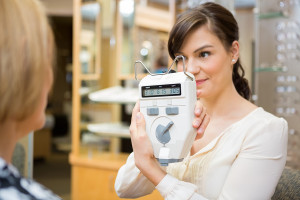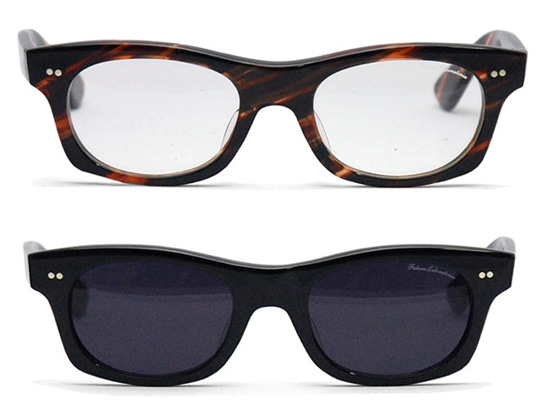
What is Pupillary Distance (PD)?
It is the distance between the pupils of the eyes that is measured in millimeters.
Why is my PD Measurement Needed?
It is important in order to understand which lens shape is most suitable for you, and for the alignment of your line of vision. Without the PD, it can be really hard to correct the vision, because it is extremely important to place the lens right in the middle of the pupil.
How Do I Read My PD Measurement On My Prescription?
The PD range of adults is 54 to 68 mm, whereas children have a range of 41 to 55 millimeters. You can measure the PD via the binocular method, which is the pupil to pupil measurement and falls between 41 to 88 mm. The other way is known as the monocular that measures the pupil to the middle of the face and falls between 20 to 44 mm. The monocular method is more suitable for asymmetrical faces.
What If My PD Isn’t On My Prescription?
The PD is generally measured by the doctor during the eye exam. If your examination does not include this, then you can always request for the measurement. Some ophthalmologists charge an extra fee for the PD measurement, whereas others include it in as a part of the eye exam.
How do I measure my own PD?
Measuring On Your Own
To measure your PD by yourself, you need to have a mirror, ruler and a pencil.
- You need to face the mirror and place the ruler on your face, below the centre of the pupil
- Look clearly in the mirror, and hold the ruler with a steady hand
- Mark the location of the other eye’s pupil on the ruler
- Measure the distance between the two points in mm and that is your PD
- Make sure you repeat the process a few times so that you get an accurate reading without any human error.
It is a good idea to take help from an assistant, who can help you in measuring your PD, so that you can focus on standing still.
Pupil Meter
Another method of measuring includes using an app called Pupil Meter on your devices. However, users have said that the measurements are incorrect and that the application is flawed.
PS Self Test
With time a lot of websites have developed their own measuring systems. PD self-test is much reliable than other methods because you use your own glasses as a reference. All you need to do is measure the glasses, highlight the pupils in the image and do the calculation. The measurements are almost accurate, with an error margin of ±4mm.
The best of measuring the PD is by doing it on your own as it gives an almost accurate answer. Just make sure that you stand still, and you will have your PD in no time.



